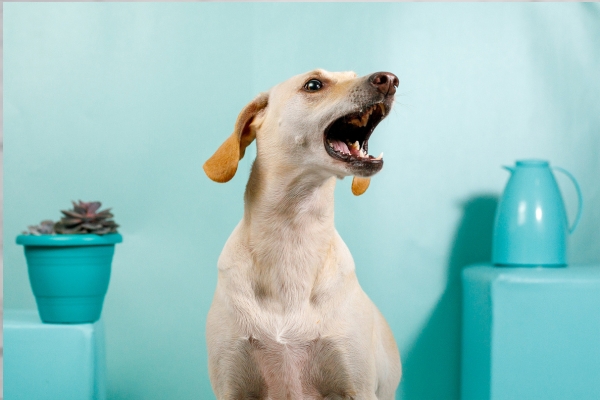
Silence is Golden: 10 Powerful Tips to Train Your Puppy Not to Bark
In this article, we will give you 10 Tips to Train Your Puppy Not to Bark
Bringing a new puppy into your home is a joyous occasion, but the constant barking that often accompanies the excitement can be a challenge for many pet owners, so here is how to train your puppy not to bark Fortunately, with the right training techniques, you can create a harmonious environment. In this comprehensive guide, we will explore 10 effective tips to help you train your puppy not to bark excessively, fostering a peaceful and happy home.
Understanding the “Why” Behind the Bark:
Before delving into the training process, it’s essential to understand why your puppy is barking. Dogs bark for various reasons, including excitement, fear, or a need for attention. By identifying the root cause, you can tailor your training approach more effectively and address the specific triggers.
Incorporate “Train Your Puppy Not to Bark” Commands:
Use consistent commands such as “quiet” or “enough” when addressing your puppy’s barking behavior. Reinforce these commands with treats or positive reinforcement to create a strong association between the command and the desired behavior of remaining silent.
Socialization Strategies for a Quieter Pup:
Socializing your puppy is a crucial aspect of training them not to bark excessively. Exposure to various stimuli, including different people, environments, and animals, helps reduce anxiety-induced barking. Gradual and positive socialization experiences contribute significantly to a quieter and well-adjusted pup.
Establish a “Train Your Puppy Not to Bark” Routine:
Dogs thrive on routine, and establishing a consistent daily schedule can contribute to reducing stress-related barking. Create a routine for feeding, playtime, and bathroom breaks, helping your puppy predict their day and alleviating the need for excessive barking.
Designate a Quiet Zone:
Create a designated quiet space within your home where your puppy can retreat for downtime. Furnish this area with a comfortable bed and toys, guiding your puppy to this space when they need to relax. This helps reinforce the idea that it’s acceptable to be calm and quiet
Exercise for a Quieter Day:
Regular exercise is paramount in reducing boredom-related barking. A tired pup is less likely to bark excessively, so ensure your puppy gets ample physical and mental exercise. Incorporate daily walks, interactive play, and puzzle toys into their routine.
Use “Train Your Puppy Not to Bark” Training Aids:
Consider utilizing training aids, such as anti-bark collars or devices that emit a sound when your puppy barks. These tools can assist in training your puppy not to bark excessively by providing consistent feedback and discouraging unwanted behavior.
Stay Patient and Consistent in Your “Train Your Puppy Not to Bark” Approach:
Patience is a virtue in dog training. Consistency is key in reinforcing positive behavior. Whether using commands, rewards, or designated quiet zones, apply your chosen techniques consistently to avoid confusion and encourage lasting behavioral changes.
Monitor Progress and Adjust “Train Your Puppy Not to Bark” Techniques:
Regularly assess your puppy’s progress in their training journey. If certain techniques prove less effective, be flexible and adjust your approach accordingly. Training your puppy not to bark is an ongoing process, and adaptability is crucial to success.
In conclusion, training your puppy not to bark excessively requires a combination of understanding their needs, consistent commands, positive reinforcement, and a commitment to ongoing training. By following these 10 comprehensive tips, you’ll be well-equipped to foster a quieter, happier, and more harmonious relationship with your furry friend. We want you to be as successful as possible so we went out and found another valuable resource to help you take it up a notch. Check out The Humane Society as they also offer a few tips on the subject.












